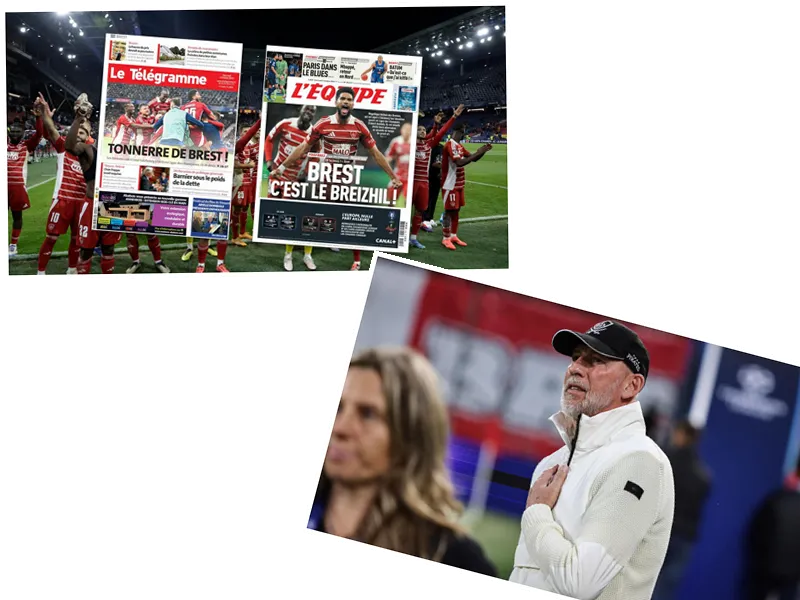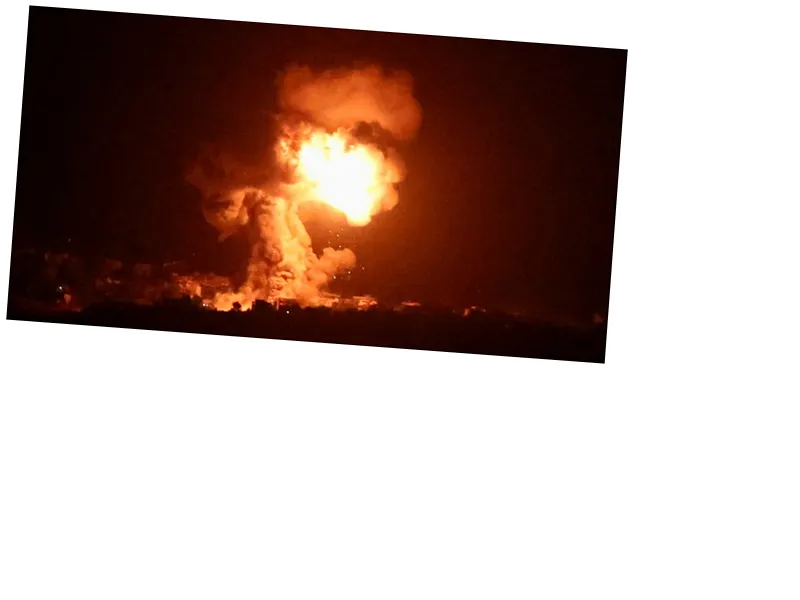On August 23, 1944, the iconic French newspaper, Le Figaro, made its triumphant return to Paris after nearly two years of absence during the Second World War. This issue was a beacon of hope, reflecting the resilience of the French spirit amidst the chaos of liberation. Pierre Brisson, the director of Le Figaro, emphasized the newspaper's commitment to serving the collective cause of the French people in resistance. The first edition, though modest with just two pages, symbolized the urgent need for information and unity in a city battered by war. Readers were reminded that while the circumstances were dire, the spirit of Paris was alive and fighting for freedom.
As the streets of Paris echoed with the sounds of rebellion, the city was engulfed in a general strike that began on August 10, 1944. Citizens were determined to reclaim their city from German occupation, which had persisted since June 1940. Amidst this turmoil, René Zuber, a courageous photographer and journalist, documented the harrowing events unfolding around him. His unique shots captured the stark reality of war, showcasing both the bravery of the Parisians and the desperation of the German forces. Zuber's work, characterized by a raw and social documentary style, serves as a poignant reminder of the sacrifices made during this time. Today, his legacy lives on through his extensive collection of photographs, preserved for future generations to witness the resilience of Paris during its liberation.






